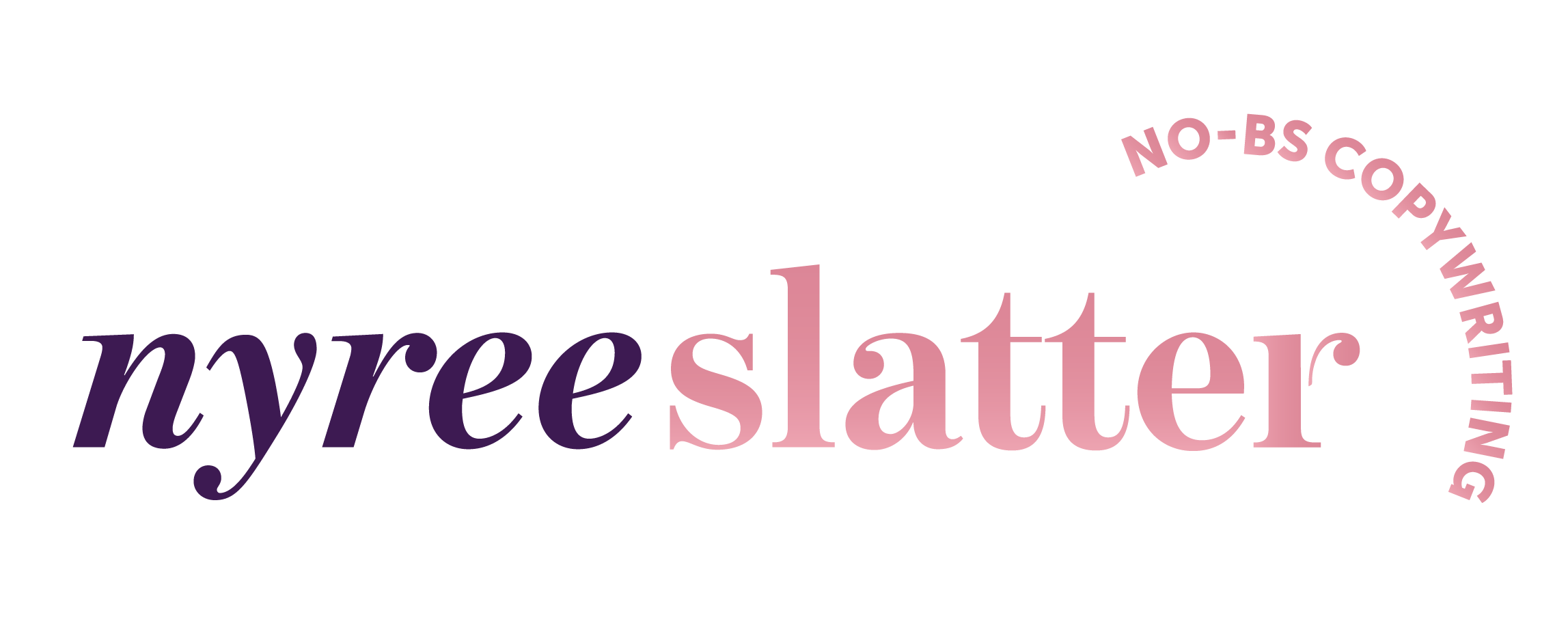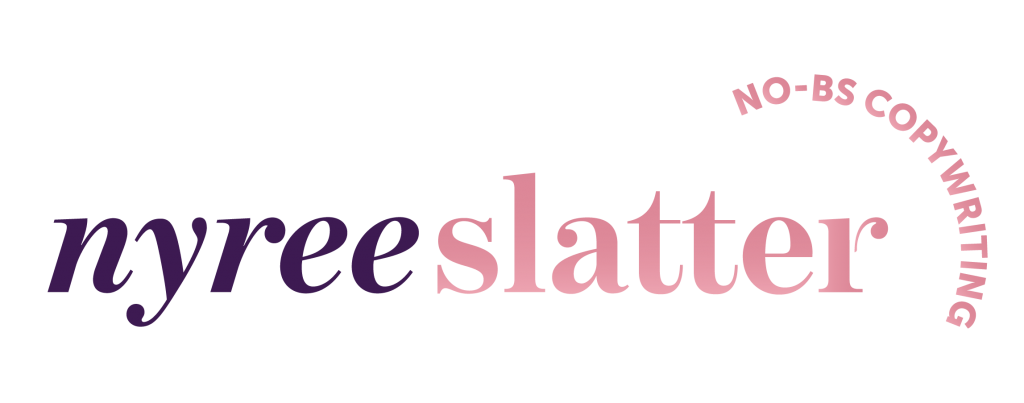If you’re one of the many people who have used the start of 2020 as the starting point for your new business venture, then you’ve probably got a to-do list a mile long.
Or maybe your to-do list is pretty short because you just have no idea where to start.
Welcome to the confusing world of business! It gets easier, I promise!
A lot of things you can figure out as you go but there are some things you should be looking after straightaway. You know about bank accounts and email accounts and insurance and a service list and pricing.
But what about the copywriting tasks you need to do?
If they’re not front of mind, they soon will be. And they’re important to get right to set you up for success!
Building your website
It’s hard to imagine a business not having a website these days. With search engines answering most of our questions for us by pointing us to websites, having your own online presence is essential.
It doesn’t have to be flashy and glamorous. A single page website – sometimes called a ‘starter website’ – is great to start with. If you’ve got absolutely no money, grab a cheap domain and a WordPress, Wix or Squarespace site and get building.
Once you’ve built the website, what are you going to put on it? What copy is going to inform, educate and engage your audience? How are you going to get found on Google? (Hint: SEO Copywriting!)
Here’s a tip: if your website is only one page, your audience needs to be able to get all it’s questions answered from that page. That means who you are, what your business does, and who you do it for is CRITICAL. Everything else is bonus at this point.
If you’ve got a bit more cash lying around and want a fancier website, what copy are you going to put on that site? What pages are you going to have? Do they make sense to your audience? Do they answer their questions?
Ask yourself: what would I want to know if I was a customer?
If you don’t know, it’s time to do some research.
Settling on a social media strategy
Are you going to have social media? You should. Which sites? The best way to figure out where to start your social media is by finding out where your audience hangs out and what is best going to suit your business.
Each social media network appeals to different demographics and suit particular kinds of posts. Facebook is great if you want to share information. Instagram is great for businesses with great visuals and a younger audience. TikTok is for the really young ones (and some of us oldies) who are engaged through video content.
Once you’ve figured out your social media network of choice (or several in combination), what are you going to post? How are you going to speak to your audience? What words and phrases make them like you, trust you and want to buy from you?
What is your overarching social media strategy? If you don’t know, get some help!
Day-to-day communications
One thing you’ll probably notice when you get into business, is that you will spend more time than you’ve ever spent sending emails, quotes, answering questions, writing proposals, and explaining your services.
Some advice for free: set up templates to save yourself time.
Once you’ve written the same “yes, I write resumes” email 400 times, you’ll realise that you should have set up the templates earlier.
Some templates you might consider writing are:
- new client emails – when you first meet a new client
- cold-call emails – approaching a potential client – or lead – cold to tell them about your new venture
- emails that go with quotes and proposals – please find attached blah blah blah
- a how I work/how the process works email – first we do x and then I do y
- a thank you and follow-up email post-project where you ask for a review – thanks for the opportunity to work on x…here’s how you can leave a Google/Facebook review.
There are probably dozens more examples that are dependent on your industry, your business and what kind of questions you get but templates with consistent language will save you time and make sure your clients and potential clients all get the same information.
Capability Statement, LinkedIn profile, corporate CV
I’ve put these together because they are all essentially the same thing in different forms. They all tell your potential customers who you are, what you do and why you’re right for the job.
And you thought running your own business meant you’d never have to do a CV again.
When you send out your cold email to your contacts or meet someone new who could be a customer or refer customers to you, they need somewhere to learn more about you and your business.
You don’t want to overfill their heads with tedious details and emails should always be short and sweet. Links to your LinkedIn profile or capability statements and corporate CVs attached to an email are a great way to give people extra information without forcing it down their throat.
If you’ve got a website, you can upload your documents and link to them at every opportunity. Don’t skimp on this stuff – it’s important!
In my experience, they are the four things you need to focus on first…copy-wise!
Even if you just work on them quietly in the background while you get your business going, chip away at them so you don’t have to do them in a rush later when a new client asks for them.
If you need a hand with any of it – be it website copywriting, a capability statement or just some standard email templates, give me a shout. I’m more than happy to help! If you need some coaching in any of those things, a copy coach session will be perfect.
As always, get in touch if I can help!








